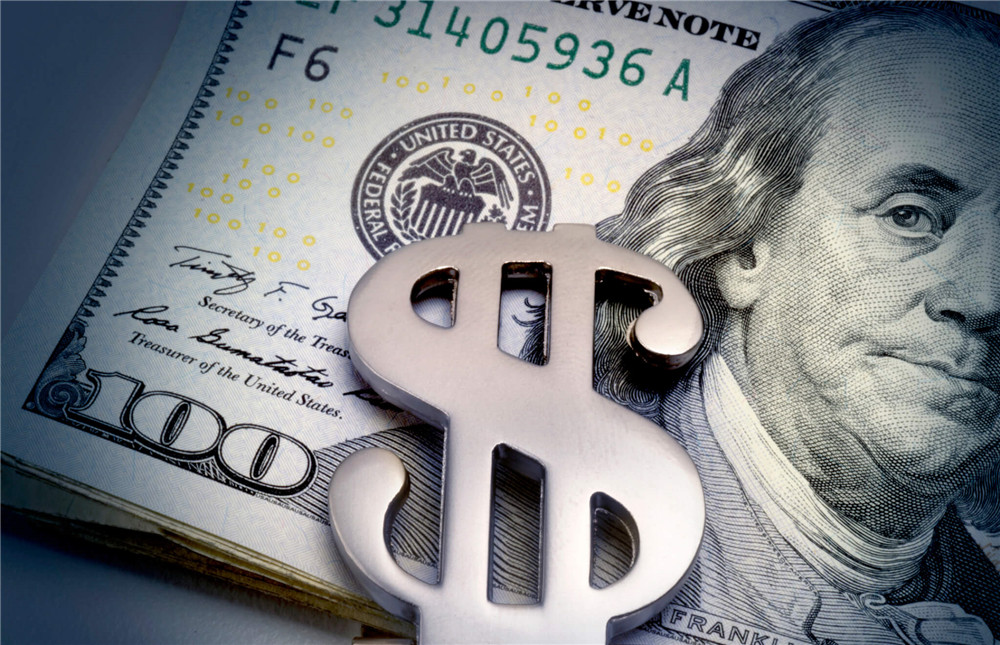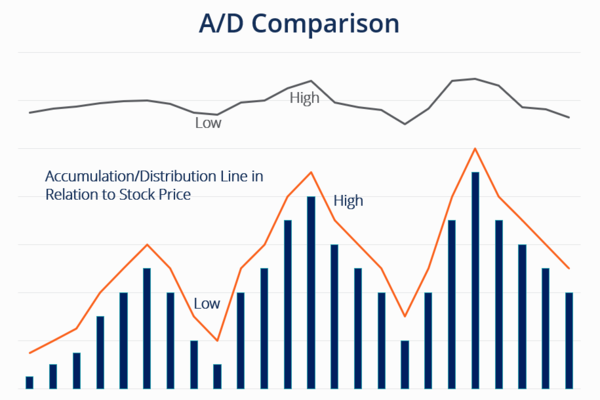Some people claim that the Federal Reserve is wielding its sickle and
starting to harvest the world, influencing the global economy through the return
of the US dollar. This statement seems a bit like conspiracy theory, filled with
various conspiracy words, as if claiming that the United States has set a trap
and the world has become a leek for the United States, waiting to be cut off.
But let's put conspiracy theory aside for the time being and explore the
problems with this statement, as well as what a US dollar reflow is, how it
affects the world economy, and whether the Federal Reserve's interest rate hikes
and balance sheet tightening policies can truly create a US dollar reflow to
harm other economies.

Let's clarify that the return of US dollars actually refers to the return of
international capital, mainly in US dollars, to the United States, which
involves the flow of capital internationally. International capital can be
divided into official government capital and private capital. Today, we mainly
focus on private capital, which can be further divided into three categories:
foreign direct investment (FDI), foreign investment portfolio (FPI), and bank
flow.
Foreign direct investment (FDI) is easy to understand, which includes foreign
capital directly investing in or controlling domestic companies, such as tesla
building factories in China.
Foreign Investment Portfolio (FPI) refers to the purchase of financial
Securities assets, such as stocks and bonds, by foreign capital in the form of
investment portfolios. Institutional investors such as investment management
companies, insurance companies, and hedge funds participate, making this capital
more liquid.
Bank flow is a type of loan issued by foreign banks to a target country,
usually denominated in US dollars. The final repayment of these loans is also
denominated in US dollars; hence, it is referred to as USD foreign debt.
In theory, different types of capital will flow under the influence of
different factors, including push factors and pull factors. The driving factors
include the monetary policies of developed countries, such as the Federal
Reserve's interest rate policy, as well as other factors, such as the monetary
policies of the eurozone and Japan. The attractive factors depend on the
economic characteristics of different countries, such as China's manufacturing
and logistics industries as well as Congo's mining resources.
There is a theoretical model called "portfolio theory" regarding the return
of US dollars that believes that the flow of capital depends on changes in
interest rates and risks. If US interest rates are low, capital may flow to
emerging economies with high interest rates. But even if the United States
raises interest rates, their interest rates are usually lower than those of
emerging economies, so capital may still flow into these regions despite an
increase in liquidity costs.
This model determines the allocation of investment portfolios by balancing
interest spreads and risks. For example, if the risk of a country increases,
investors may reduce their investment in that country, but this does not mean
they will all invest back in the United States; they may choose other countries
or assets. Therefore, the return of US dollars does not only refer to the return
of capital to the United States but can also flow to other countries or
assets.
The Federal Reserve's monetary policy is only one factor that affects
international capital flows, and this process is very complex, involving
multiple factors such as interest rates, risks, economic characteristics,
politics, exchange rates, and international relations. Therefore, simply blaming
the return of the US dollar on the Federal Reserve's policies is too simplistic.
To fully understand this question, we need to have a deeper understanding of how
the Federal Reserve's monetary policy affects international capital flows, which
is not an easy question to answer. Capital flow is a complex system, and we need
more research and data to fully understand its mechanisms.
Harvest theory claims that the Federal Reserve has created a return of
dollars and harmed the economies of other countries through interest rate hikes
and balance-sheet tightening policies. Scaling down can be simply understood as
the Federal Reserve reducing the supply of money through market means. If QE
quantitative easing is the Federal Reserve printing money to release water into
the market, then shrinking the table is a reverse operation. The Federal Reserve
takes back the money circulating in the market, which is often referred to as
"recycling" by the Fed as "recycling dollars into the United States". Benefit
the United States and suffer the world. That statement is incorrect. They are
implying that the total amount of money remains unchanged, but their
geographical location has shifted. The real situation is that the Federal
Reserve's scale reduction can cause a decrease in the overall amount of dollars
globally, both internationally and domestically in the United States.
So you may ask how the Federal Reserve can do that. He said, Reduce it, then
reduce it. Is that how he lost the dollars in my hand? So this actually involves
the mechanism of currency creation, especially the partial reserve requirement
system of banks. So I will share it with you in future videos. Just remember
this: the Federal Reserve will shrink its balance sheet, and the dollars in your
hands will not disappear, but it can lead to a decrease in the total amount of
money banks lend out. According to this logic, if the money decreases, the
amount of money that banks can borrow will decrease. So whether it's lending to
the United States Both domestic US dollars and US dollars flowing to other
countries around the world will decrease. That's why many people say that
shrinking the balance sheet is scary, which could lead to a shortage of dollars,
a credit squeeze, and a debt crisis.
So why do banks and companies in emerging economies have to borrow money from
foreign investors? Why must I borrow it? So why do we have to expand like foam?
Of course, it's simple. When the Federal Reserve lowers interest rates to zero,
the money is too much, too cheap, and too easy to borrow. This is not only true
internationally but also domestically in the United States. During the period of
quantitative easing during the pandemic, the prices of various assets in the
United States have skyrocketed; that's the principle. When the Federal Reserve
decides to raise interest rates, shrink the balance sheet, or reduce the money
supply, theoretically, it will naturally lead to a credit squeeze both
domestically and internationally in the United States.
However, there are many factors that lead to international capital flows, and
the Federal Reserve's policies are only one of them, so the problem with harvest
theory lies in their perception of the Federal Reserve's policies as
international capital flows. The most important and decisive force Is that
really the case? Let's first look at the examples often used in harvest theory.
The 1997 Asian Financial Crisis was the capital inflow statistics of the four
most affected Asian countries in the 1990s. So we can see that FDI and foreign
direct investment are the same as what we said, but the changes are not very
obvious. And the changes in FPI are not so exaggerated, and the biggest one that
has caused catastrophic consequences for these countries is the order flow,
which represents a large number of bank flows representing foreign loans, which
has led to the debt crisis that we explained earlier in these countries.
Is the Federal Reserve's interest rate hike the main culprit causing this
bank flow capital flight? These are the statistics of the Federal Reserve's base
interest rate during the same period. In 1993, the Federal Reserve issued a rate
hike signal. So we can see that there was a brief outflow of capital during this
period, but it quickly turned back into a net capital inflow. During the period
from 1993 to 1995, the Federal Reserve kept raising interest rates, but this
capital not only did not escape but also accelerated its flow into these four
Asian countries. Since 1995, the Federal Reserve has made a small number of
interest rate cuts and has remained stable in the middle of a certain range
without any sudden changes. However, the Asian financial crisis broke out in
1997, and a large amount of this bank flow capital fled, which does not conform
to the theory that the Federal Reserve's interest rate hike led to the return of
the US dollar to harvest other countries.
In fact, before the crisis, the first significant flight of capital was from
the Bank of Japan, and then Soros and other funds began to short the currencies
of some countries, further triggering the flight of funds. From the existing
data, it can be seen that the Fed's interest rate hike did not play a decisive
role in this crisis. In recent years, there has been a lot of research and
statistics in the academic community on the impact of the Federal Reserve's
policy on emerging economies. Most studies have found that the Federal Reserve's
policy has an impact, but it is often short-lived and not a decisive factor.
When a country experiences a debt crisis caused by capital flight, it is often
directly related to the country's own situation. For example, irregular
financial markets, incorrect exchange rate policies, excessive reliance on
external debt, unlimited borrowing, and even corruption.
It cannot be denied that US monetary policy will have an impact on capital
flows, and some countries are more affected by this. Moreover, when there are
systemic risks globally, changes in the Federal Reserve's policies may lead to
problems at a vulnerable point, triggering a large-scale financial crisis. The
Fed's shrinking balance sheet may not be the most direct factor, but it may
become the last straw to crush the camel.
Disclaimer: This material is for general information purposes only and is not intended as (and should not be considered to be) financial, investment or other advice on which reliance should be placed. No opinion given in the material constitutes a recommendation by EBC or the author that any particular investment, security, transaction or investment strategy is suitable for any specific person.







